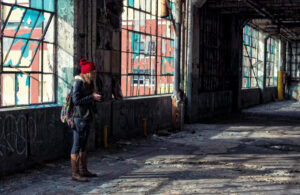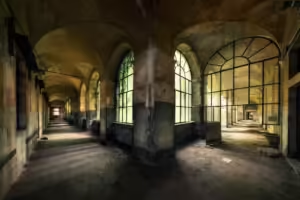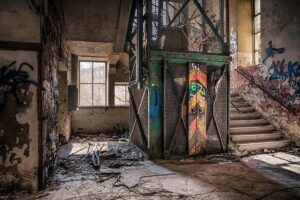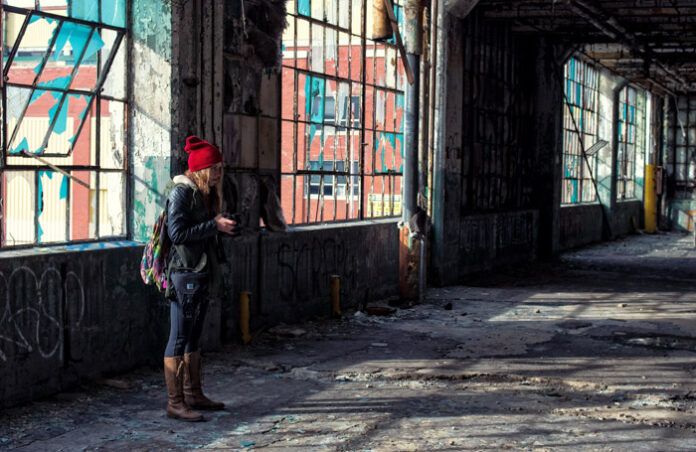
Urban exploration, or “urbex,” is an exciting and rewarding form of photography that involves exploring abandoned buildings, hidden corners of cities, and other neglected spaces. This niche requires a unique set of skills and techniques to capture the essence of urban decay and the beauty found in desolation. Here are ten essential tips to help you capture stunning urban exploration photography.
1. Research Your Location
Before venturing out, spend ample time researching your chosen location. Look for interesting spots, historical backgrounds, and potential hazards. Online forums, maps, and urbex communities can provide valuable insights and recommendations.
2. Scout the Area
Once you’ve identified a location, visit it during the day to scout for the best angles and lighting conditions. Take note of entry and exit points, safety hazards, and any signs of recent activity. This pre-visit will help you plan your shots and ensure your safety.
3. Pack the Right Gear
Urban exploration requires specific gear to capture the best shots. A sturdy tripod is essential for low-light conditions, while a wide-angle lens can help you capture expansive scenes. Bring a flashlight, spare batteries, and a dust mask to handle the often dark and dusty environments.
4. Embrace Natural Light
Lighting can make or break your urbex photography. Embrace natural light by visiting your location at different times of the day. Early morning and late afternoon provide soft, diffused light that can enhance the mood of your photos. Avoid using flash as it can flatten the image and disrupt the natural ambiance.
5. Focus on Composition
Composition is crucial in urban exploration photography. Use leading lines, symmetry, and framing to create visually appealing images. Look for unique perspectives and angles that highlight the decay and texture of the environment. Don’t be afraid to experiment with different compositions to find the most compelling shot.
6. Capture Details
While wide shots of entire rooms or buildings are impressive, don’t forget to capture the details. Close-ups of peeling paint, broken windows, and rusted machinery can tell a powerful story and add depth to your photo series. These details often reveal the passage of time and the history of the location.
7. Stay Safe
Safety should always be your top priority when exploring abandoned or neglected areas. Wear appropriate clothing and footwear, and always let someone know your whereabouts. Avoid areas that appear structurally unsound, and be cautious of hazardous materials like asbestos and sharp objects.
8. Respect the Location
Urban exploration comes with an unspoken code of ethics. Always respect the locations you visit by not causing any damage or taking anything from the site. Leave no trace of your presence to preserve the location for future explorers and photographers.
9. Post-Processing Techniques
Post-processing can enhance the mood and details of your urban exploration photos. Use editing software to adjust contrast, sharpness, and color balance. Consider converting your images to black and white to emphasize textures and contrasts. However, avoid over-processing as it can make your photos look unnatural.
10. Tell a Story
Your photos should tell a story and evoke emotions. Whether it’s the eerie silence of an abandoned hospital or the remnants of a forgotten factory, aim to convey the atmosphere and history of the location. Include a mix of wide shots, details, and portraits to create a comprehensive narrative.
Conclusion
Urban exploration photography offers a unique opportunity to capture the hidden beauty of forgotten places. By following these ten tips, you’ll be well on your way to creating stunning and evocative images that tell the stories of urban decay and renewal. Remember to always prioritize safety, respect the locations you visit, and let your creativity guide you in this thrilling photographic journey.




